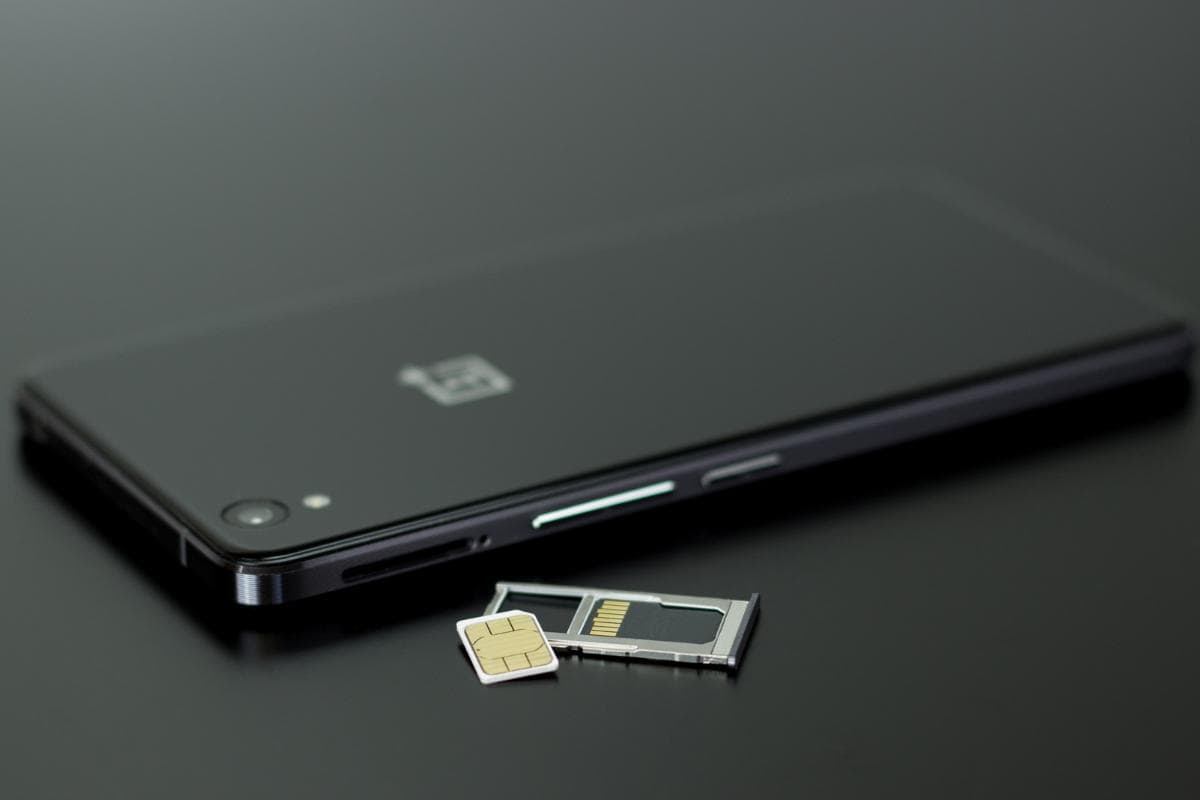Is an eSIM Better Than a Physical SIM Card?
This is a collaborative post.
First introduced in 1991, the SIM card was the size of a standard credit card. Its size was reduced several times over the years, mainly keeping electrical contacts the same. Moving to an existing subscription was impossible until then, so it’s not hard to imagine that it gave people a greater sense of control and flexibility.
Since 2010, GSMA has been discussing the possibility of a software-based SIM. The first major version of the standard was published in March 2016, accompanied by a second one in November 2016.
Nevertheless, Apple introduced eSIM support in September 2017 with the Apple Watch Series 3. When the eSIM iPhone debuted the next year, it had a physical SIM card slot (it was eventually removed).

In this article, we’ll closely examine eSIMs and physical SIMs and explain the differences, not to mention the pros and cons of each.
eSIM: The Pros, Cons, And Everything Else You Need to Know
The eSIM is one of the latest developments in the communications field, delivering advanced security, seamless and flexible connectivity, not to mention complete end-to-end digitalization.
The question now is: What is an eSIM, and how is it different from a traditional SIM card? An eSIM is a digital version of the SIM card that stores identifying information on a mobile device.
It’s built into the phone’s hardware (motherboard), so you can’t remove it. Nonetheless, this doesn’t mean you can’t change numbers or carriers. As Holafly points out, the information on the eSIM is rewritable. Most phones that support eSIM feature a physical SIM slot, but it’s expected that all devices will move to use eSIM exclusively.
Pros:
It’s easier to activate than a physical SIM card. To set up your eSIM, you must turn on your phone and follow the instructions. Maybe you have trouble following the instructions. In that case, contact your carrier’s customer support. You’ll receive an eSIM activation card with a QR code if you bought the plan separately.
Switching networks is possible with a few clicks. If you’re unhappy with your current network’s service (quality of coverage, mobile internet speed, etc.), switch to another one. Some carriers support SIM transfers from your previous iPhone to your new eSIM iPhone without contacting them.
It uses less physical phone space. An eSIM doesn’t take up as much space as a physical SIM card, so it’s suitable for thinner, more compact devices. By eliminating the SIM tray, manufacturers can free up invaluable space, which can be used to increase battery size or introduce more features.
You can save money while travelling. If your phone has an eSIM, you don’t need to swap cards when travelling abroad; changing your phone number is unnecessary. There’s no need to carry multiple devices. If your phone is stolen, authorized users can access personal information only.
Cons:
Only major mobile device manufacturers have eSIM phones. eSIM is a newer technology, so it shouldn’t be surprising that only leading smartphone companies have eSIM phones. Also, even if a phone has eSIM, there’s no guarantee it will work with every network.
It can be difficult to switch devices in case of emergencies. It’s hard to be without a working phone in this day and age. If your mobile device suddenly stops working, especially if it’s a few years old, you must get a new one. With an eSIM, it’s challenging to switch devices.
Physical SIM card: The Pros, Cons, And Everything Else You Need to Know
According to Holafly, you don’t have to worry about a VHS/Betamax situation with competing and incompatible standards.
An eSIM is undoubtedly a faster, more convenient way to set up your mobile device to a network, yet there are still a few advantages to physical SIM cards.
A physical SIM card is a piece of plastic that sits on your phone – it contains your account information (i.e., your phone number) and connects you to your wireless provider’s network. It allows you to make voice calls, send text messages, and use data.
Pros:
You can switch between devices in seconds. Are you switching to an entirely different ecosystem? For many, it’s simply terrifying. Well, not anymore. A physical SIM card’s benefit is portability, so you can switch between devices without contacting your carrier.
Older phones are compatible with SIM cards. You can use your old phone as a ready-to-go backup. E.g., you can use it as a dedicated hotspot to avoid draining your primary phone’s battery. Older and alternative mobile phones are compatible with SIM cards, giving you more options.
Cons:
It can get damaged or lost. A physical SIM has exposed connectors prone to damage, limiting you from accessing any mobile network services offered by your carrier. You’ll get the “No SIM Installed” or “No Service”. If your SIM card goes missing, treat the situation seriously.
There are some challenges involved when it comes to switching networks. Switching providers isn’t easy. Sifting through this big, confusing mess can be overwhelming. If you want to switch networks, you must go to the store or get a SIM card mailed to you. It’s less convenient than downloading an app.
What’s The Verdict?
All in all, an ever-increasing number of people are using eSIM cards, meaning they’re in favour of going digital. Driven by Apple’s innovation, the value of the eSIM market is expected to increase to $16.3bn by 2027.
Growing support from smartphone manufacturers will compel service providers to support eSIM connectivity. eSIM technology is the future, but if you already have a phone with an embedded SIM card, there’s no rush to switch now.
Maybe you’d like to buy a new phone. In that case, you should know that many companies have started offering smartphones with eSIM support.
Most of the recently released Samsung phones support eSIM. And let’s not forget about Google, one of the first devices to adopt eSIM technology.